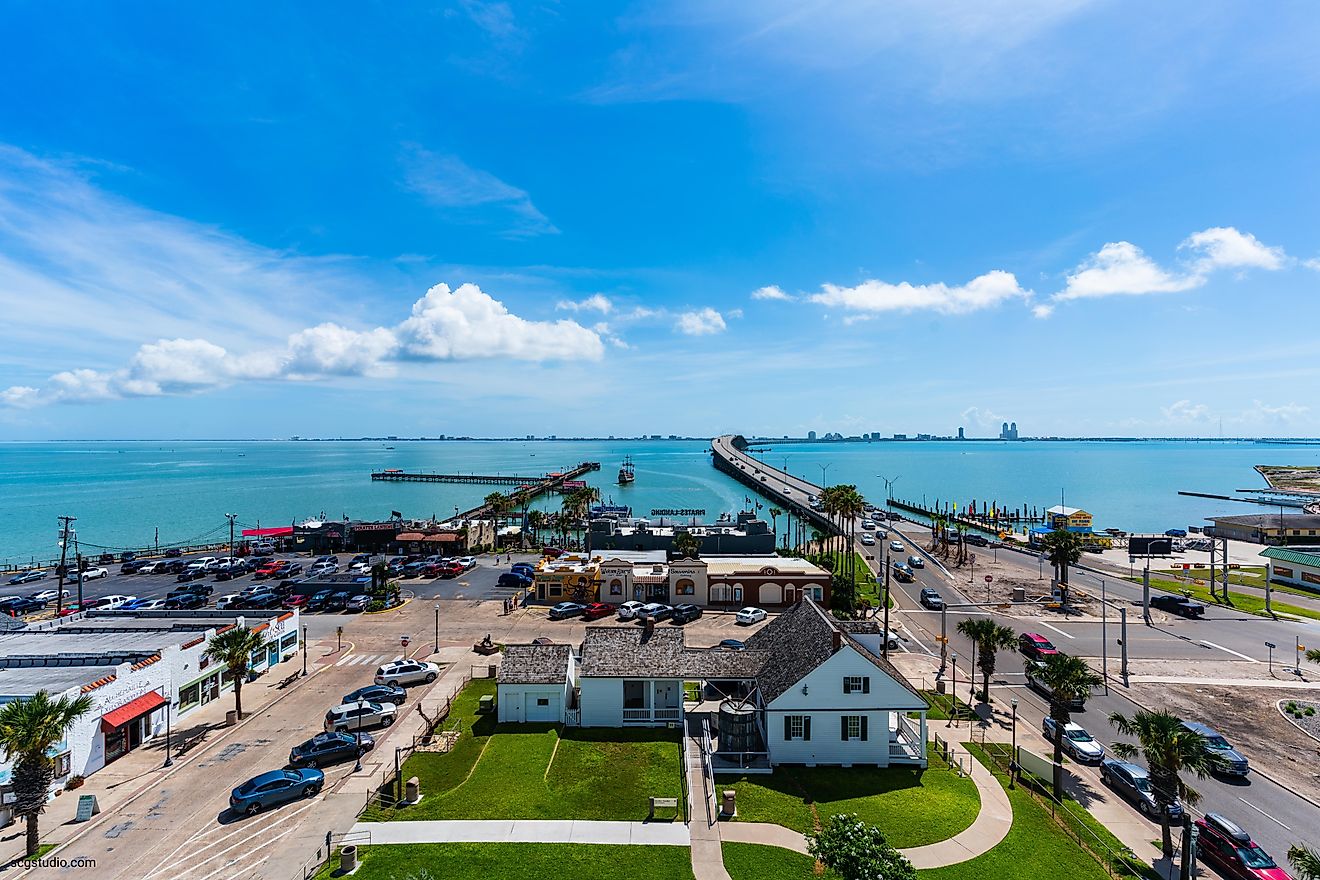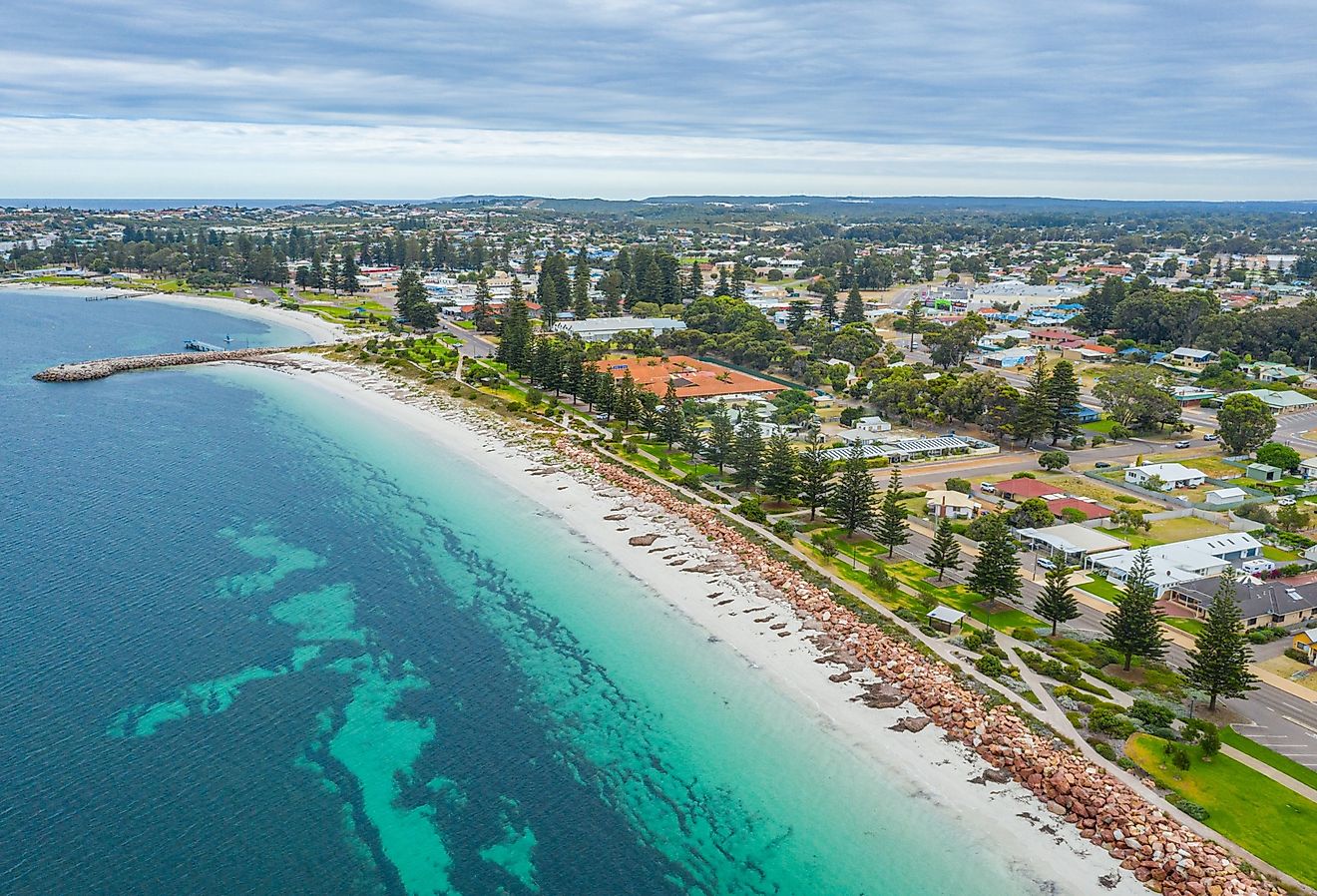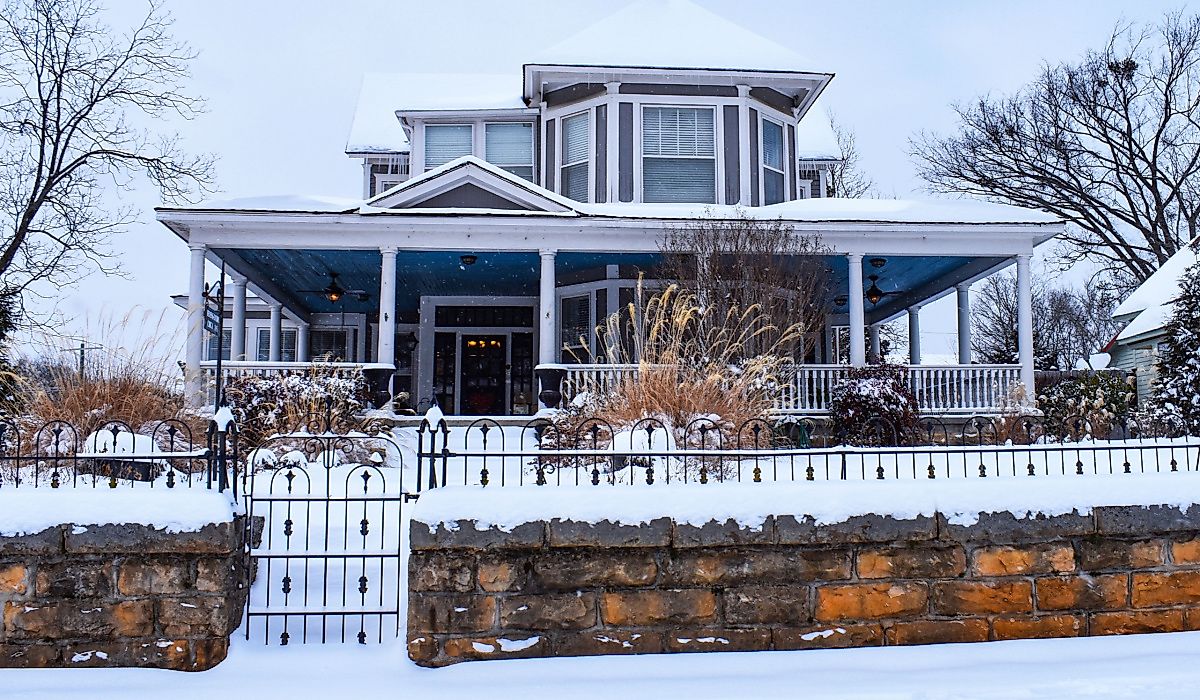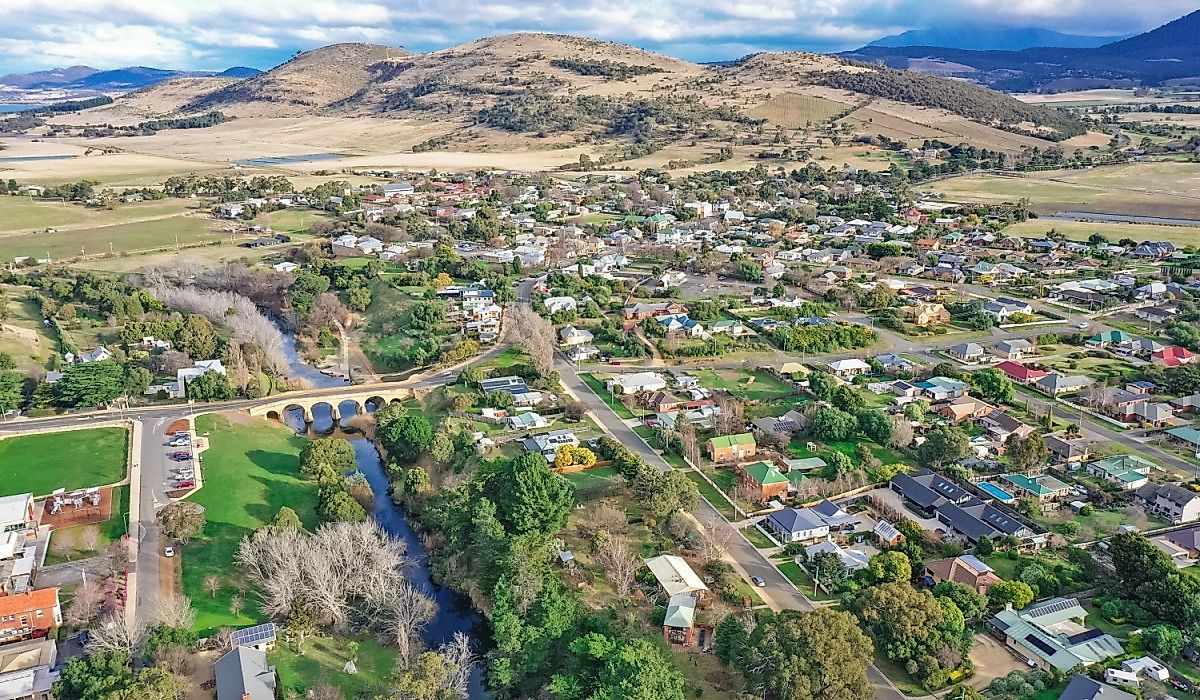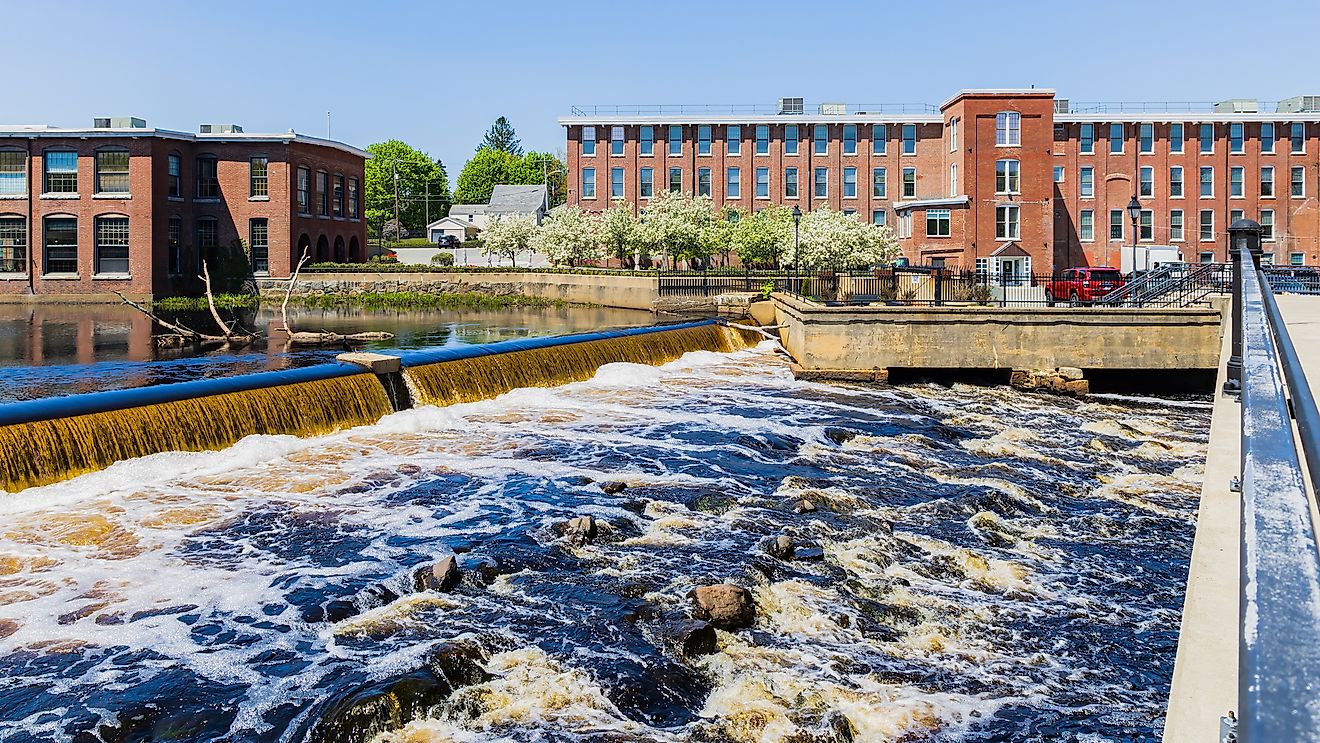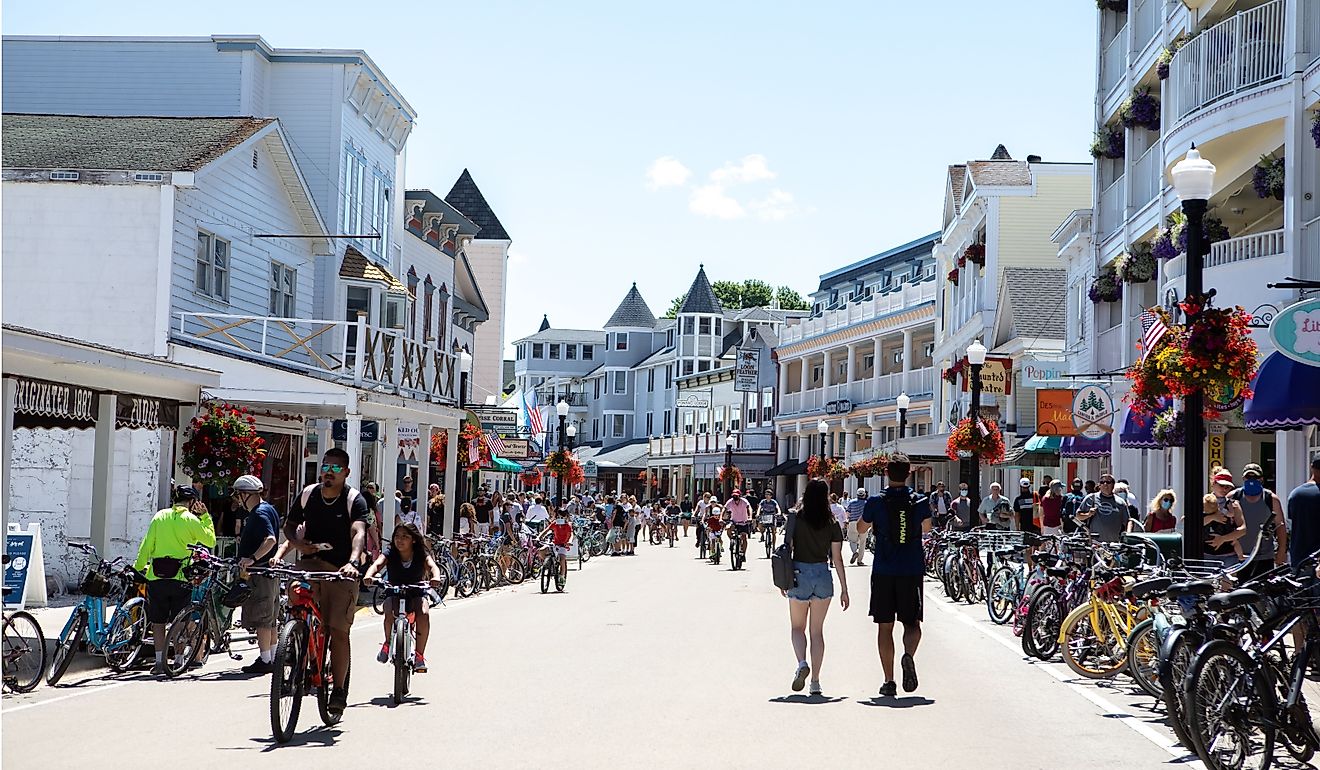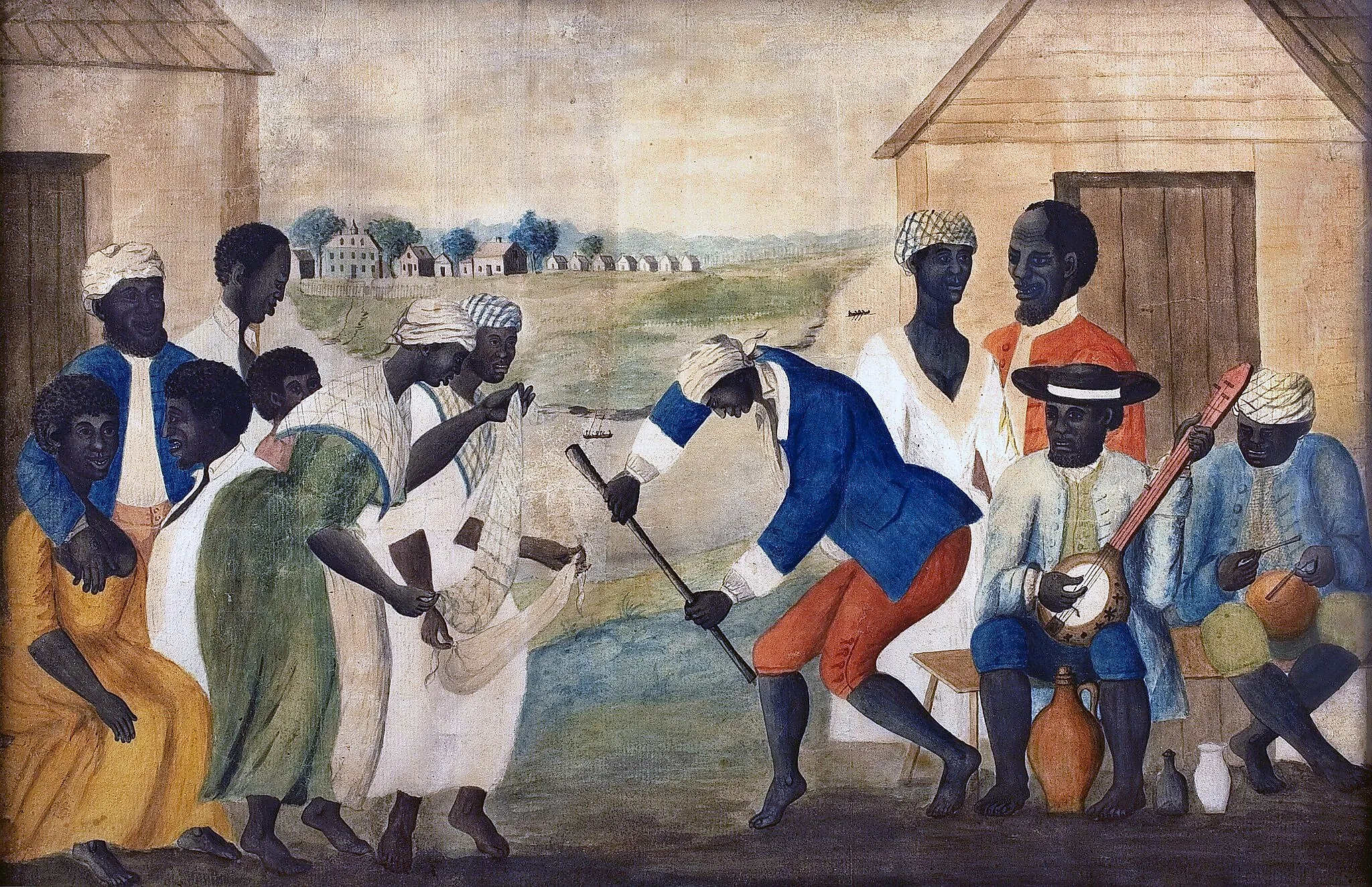
How Gullah Geechee Culture Shaped South Carolina
South Carolina has an extensive history and stunning natural beauty that make it an inimitable destination for many. The communities are also steeped in traditional ways, most evident in their culinary heritage and preservation of this distinctive culture. South Carolinians connect to their food and cultural heritage in remarkable ways, and it is not hard to find local restaurants specializing in heirloom produce and earlier cooking techniques that pay homage to the community's roots.
To better understand the Gullah Geechee culture in South Carolina, it is essential to examine the role of rice cultivation in the state and how that relationship has shaped the culture as it is today. The crop was central to the region's financial success, making South Carolina the largest rice producer in the United States. I was introduced to a part of this cultural education earlier this year at a private dinner at Farm 1780, which underscored the importance of preserving these long-held beliefs for future generations. This endearing idea spoke to me on many levels and continues to do so today.
Gullah Geechee Etymology

Although the terms "Gullah" and "Geechee" are used interchangeably today, they historically refer to two distinct geographic areas in the United States. Gullah typically refers to people who inhabit the Sea Islands of South Carolina, while Geechee refers to those in coastal Georgia and Florida. Both terms refer to enslaved Africans who were forcibly trafficked to the coastal Southeast region of the US from various parts of Africa. They developed an English-based creole (Gullah) with strong West and Central African influences, used as a community language.
Scholars disagree on the exact origins of "Gullah" and "Geechee." Proposed roots for Gullah include the West African ethnonyms Gola (Liberia/Sierra Leone) and possibly "Angola," while "Geechee" may derive from Georgia’s Ogeechee River or from the Kissi (Kisi) people.
The Genesis of the Lowcountry Gullah Legacy

Most of the Gullah people's ancestors in what is now the United States were brought to the coastal areas of South Carolina and Georgia, commonly known as the Lowcountry. They were brought into the ports of Savannah and Charleston, with the largest group coming from the West African rice-growing region. Enslavers extracted wealth from the coerced labor and agricultural expertise (rice cultivation) of enslaved Africans, which enriched South Carolina.
The state's semi-tropical climate, which made rice growing so successful, also brought the spread of diseases like malaria and yellow fever. Planters were often absent during disease seasons; under the task system, some enslaved ‘drivers’ were forced to supervise work under coercion. Despite bondage, people found ways to sustain cultural practices; relative autonomy in some settings helped Gullah culture endure. Despite bondage, Gullah Geechee culture endured and continues today.
Rice Cultivation: The Origins of an Economic Boom
The Gullah were brought to the Sea Islands and other coastal areas from Africa's Rice Coast for their expertise in rice cultivation. Under the task system, enslavers assigned labor; during off-seasons, people sometimes had comparatively more time for community life, though still under slavery.
Being able to carry on their storied traditions allowed the Gullah people to flourish in the coastal areas. This abundance of cultural preservation is also why the heritage is more prevalent in the Lowcountry today than in other regions along the Eastern Seaboard.
A Brief History of South Carolina Rice Culture
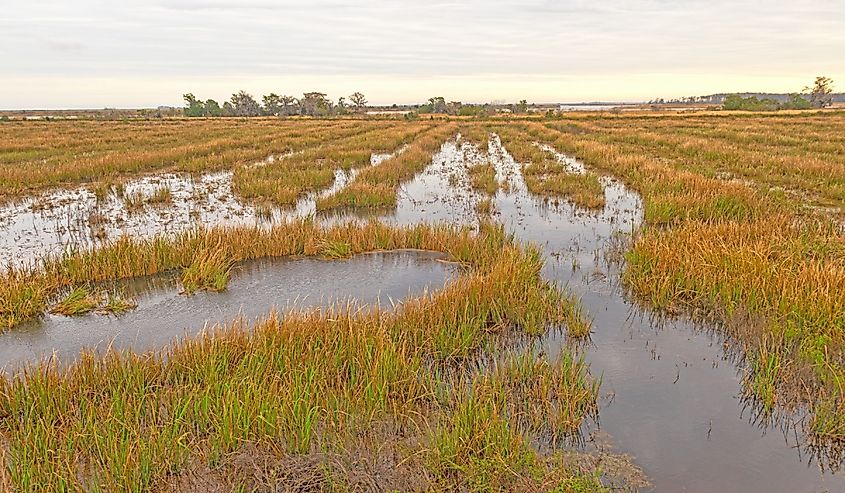
South Carolina's Gullah culture is rooted in the forced migration of West and Central Africans to the Lowcountry's rice plantations, from the late 17th into the 18th century. The Lowcountry designation refers to any sub-tropical geographic area that is at or below sea level, including Charleston, Beaufort, and Colleton, among other cities. This fertile ecosystem proved ideal for rice cultivation, and the pivotal crop dominated South Carolina's economy for almost two hundred years.
The state's rice history is complex, and it is only in the past few decades that historians have credited Africans as the industry's primary originators, rather than the long-held notion that rice and its cultivation techniques were brought to the coast by European settlers. Although little is known about the earliest farming techniques, historians now understand that a primary industry had formed by the 1720s. By the mid-19th century, South Carolina was the leading rice producer in the US, and remained the nation’s leading producer through much of the 18th and into the 19th century.
The Civil War Era
The American Civil War was a pivotal time for the Gullah people in South Carolina's Sea Islands. The Union was intent on blockading Confederate shipping through the South's extensive seaports, so many plantation owners withdrew to the mainland, leaving the Gullah rice farmers behind. When Union forces arrived on the islands in 1861, they discovered that the Gullah people were eager for freedom and were willing to join their ranks. Many Gullah people served with distinction in the Union Army's First South Carolina Volunteers division, making Beaufort's Sea Islands among the first places in the South where enslaved people were emancipated.
Quaker missionaries from Pennsylvania came to the area to establish schools for the Gullah people. Penn Center, today a Gullah community center on St. Helena Island, was the first school for the newly freed people. These climactic moments in Gullah culture helped preserve its traditions, and they remain as relevant as always, in large part because of these events.
Celebrating Gullah Culture
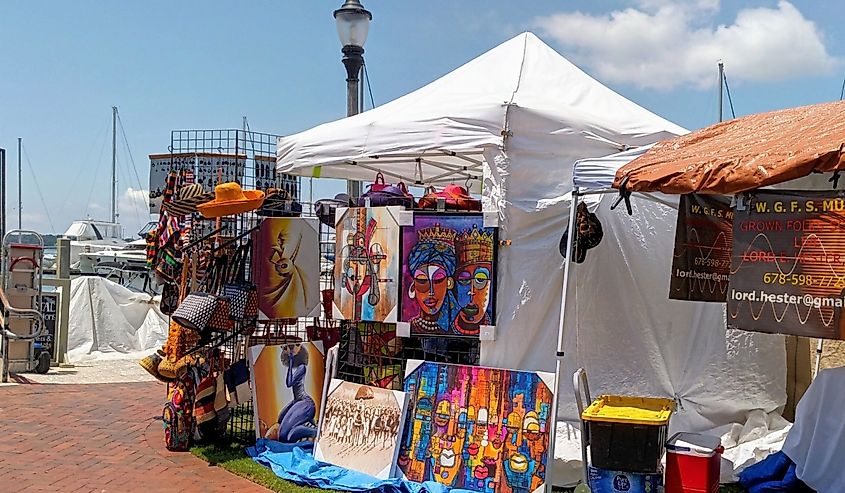
The Gullah people, led by Penn Center and other pivotal groups, remain determined to retain control of their traditional lands. In 2005, the community completed a 20-year project to translate the New Testament into the Gullah language and, just a year later, the US Congress passed the Gullah/Geechee Cultural Heritage Corridor Act.
The initiative provided $10 million over 10 years to the preservation and interpretation of Gullah historic sites. "Corridor" refers to the region spanning from southern North Carolina to the northern Florida coast. Many festivals and events celebrate this fascinating culture, especially in the Lowcountry, and it has attracted historians, authors, and linguists, ensuring that the traditions will live on for many years to come.
Understanding Modern Cultural Practices Through a Historical Lens
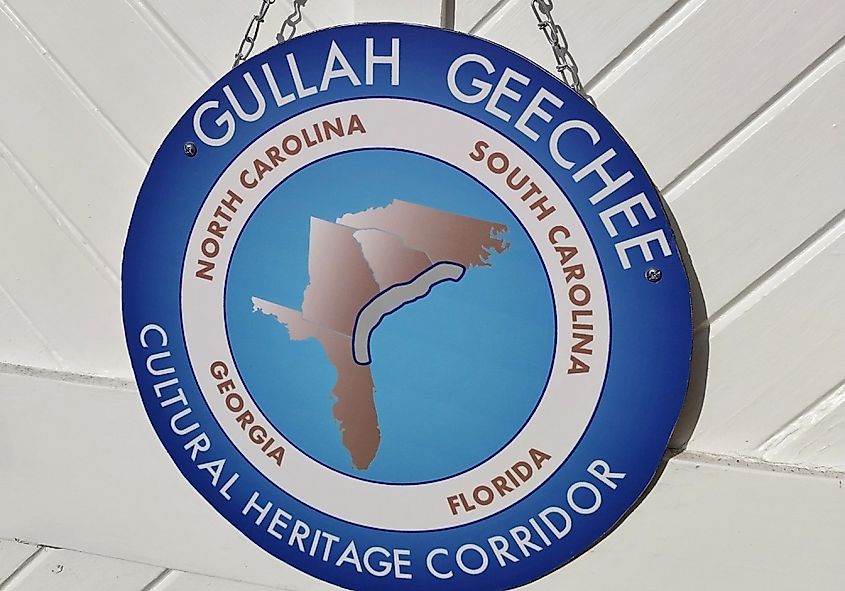
Sea Island spiritual songs, Southern cuisine staples, and many other cultural influences that are prevalent today originated in West Africa and were introduced to the region through the Gullah people. Understanding this essential identification adds nuance to seemingly everyday practices, such as cooking, and helps practitioners better understand how these applications originally became common. Studying the Gullah Geechee culture helps trace the origins of certain types of music, food, and other cultural aspects, enriching those who use them in a modern context.
Diverse populations, geography, and a nascent country torn by two major wars give South Carolina a complex, multifaceted history and a deep connection to its past. This connection is notable in traditional Lowcountry cuisine, which primarily stemmed from Gullah culinary traditions. The area also has a strong agrarian culture, and farming communities have ensured that both traditions remain alive by cultivating heirloom varieties of produce and using West African farming methods to develop an inimitable produce and culinary industry. Nowhere is this harmonious blend more evident than in the state-run Chef Ambassador program.
Chef Ambassadors: Representatives Moving Traditions Forward
Each year, chefs from across South Carolina are chosen to serve as the state's culinary ambassadors. They are charged with relating the story of South Carolina's food heritage through various activities and the dishes they serve at their restaurants. The chefs chosen to represent the state serve signature dishes that use local and heirloom ingredients to connect diners with the roots of the Palmetto State's culinary heritage.
This program is one of many initiatives undertaken by the state government to preserve regional traditions and introduce visitors to the local art form. They also provide locals with a unique way to show pride in their state and expand the culture to the national level. South Carolinians are deeply connected to their past in both tangible and symbolic ways, and this connection is evident in their preservation of the Gullah Geechee lifestyle and in honoring those who have shaped the cultural landscape for the future.
Gullah Geechee culture offers a fascinating glimpse into a unique community, and this culture has significantly contributed to defining the arts and culinary scene in South Carolina. Implementing programs on the state level shows gratitude for this way of life and allows it to continue to subsequent generations. This palpable link to the past adds to South Carolina's story and provides a bridge from the past to the future in an elegant way that benefits everyone.
Many efforts are being made to protect these distinct traditions, from Congressional acts to media exposure. These industrious efforts ensure that Gullah Geechee traditions will not be lost, honoring people who were pivotal in shaping the fledgling country's economic and agrarian landscape.
